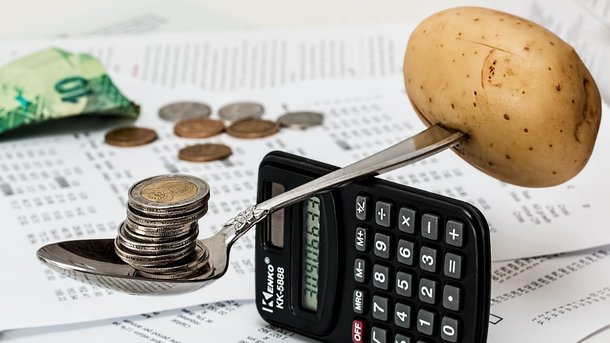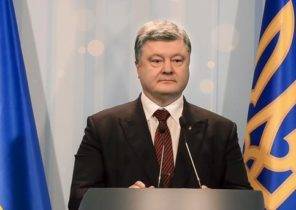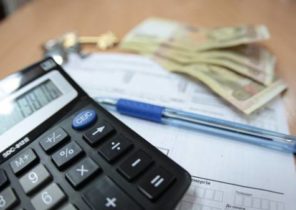
Inflation in Ukraine in February will continue to affect the increase in tariffs and excise taxes, the rising cost of logistics, and a revision of prices for food products due to devaluation risks. This opinion was expressed by a senior analyst at GK Forex club Andrey Shevchishin.
Most of the increase in prices, according to experts, will be formed on the product basket, however, no uniform trend for the different product groups.
The price of meat and poultry can be preserved amid restrictions on exports. At the same time, for some products, the possible growth of the surplus will constrain domestic prices.
There is also a likelihood of increased prices for bread, dairy products and non-alcoholic beverages in connection with the outpacing growth rate of producer prices above the rate of growth of consumer prices.
“Inflation in February can be stabilized at 1.1%. The main effect will be to render the mood of the devaluation, which, after the turbulence in the foreign exchange market in January, led to a revision of sales prices. The importers are in no hurry to revise them downward after stabilization of the market. By implementing the goods early purchase, they are likely to translate the tags with a reference to the rate of 28.5 – 30 UAH. for a dollar, to compensate for future currency risks”, – said the Shevchishin.
In addition, will have a profound impact on the inflation increase in fuel prices, which is not yet fully reflected in the cost of sales of goods and services, as well as the increase from the beginning of the year excise duties on tobacco products and alcohol, in electricity tariffs.
According to experts, attempts to increase the selling price sole proprietorship, due to the rising business costs due to the increase in the level of minimum wages will be restrained, because the major retail and wholesale network will offer competitive prices.
We will remind, inflation in Ukraine in January accelerated to 1.1% amid devaluation trends and the seasonal growth of the cost of certain products, increases in excise taxes and fees from the beginning of the year on certain types of goods. The annual inflation rate reached the maximum from March 2016 marks of 12.6%.
Consumer inflation slowed sharply in 2016 to 12.4% (from 43.3% in 2015), in line with forecasts of the National Bank. Thus, the national Bank reached its inflation target defined by the monetary policy Strategy for 2016-2020. As you know, by the end of 2017 NBU origet of 9.1% inflation.







